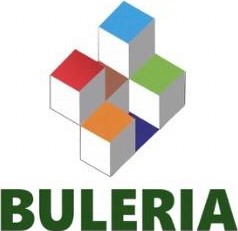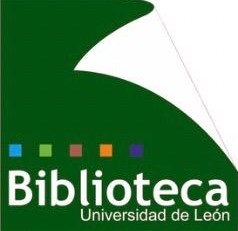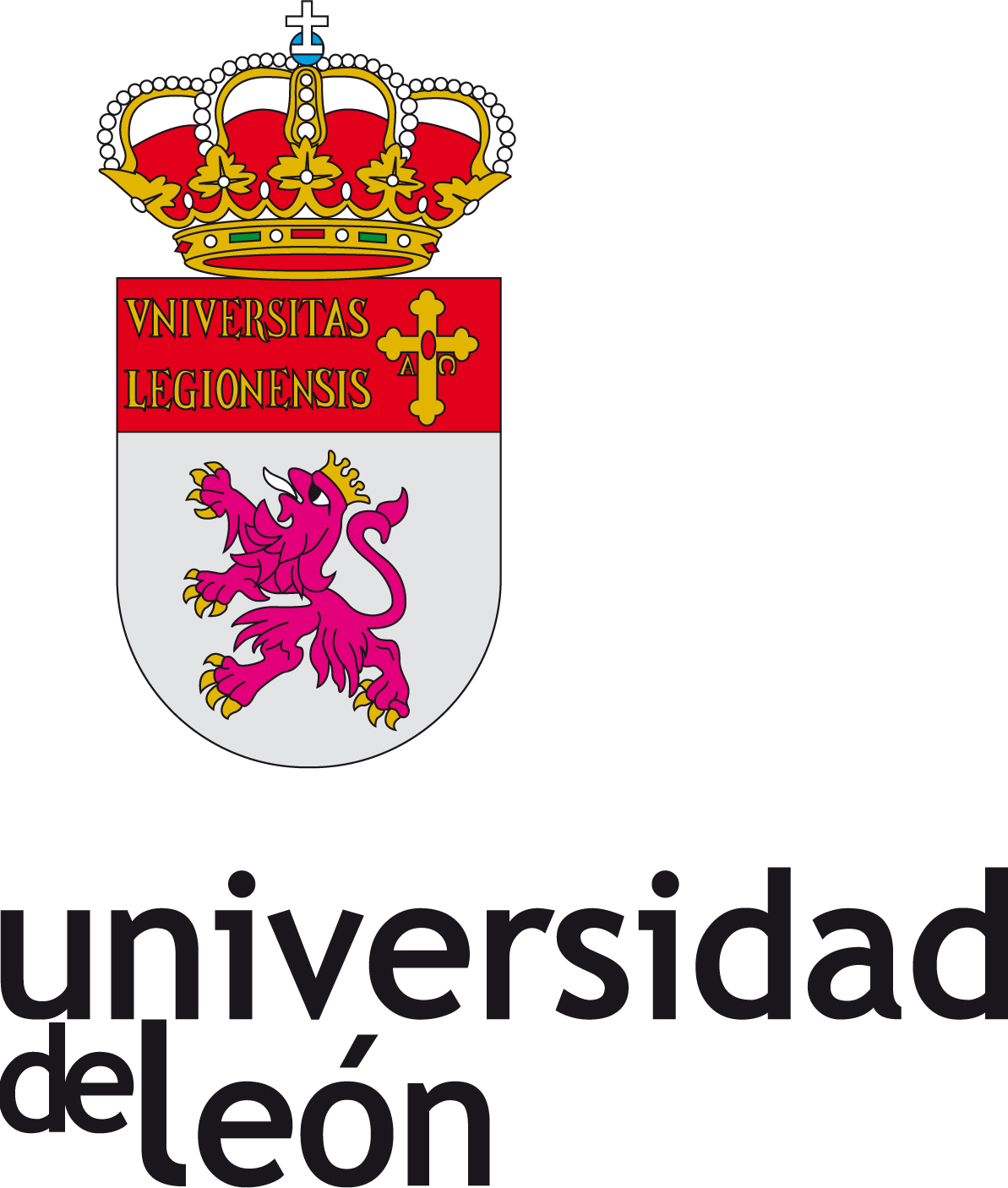Compartir
Título
Thermally enhanced spectral indices to discriminate burn severity in Mediterranean forest ecosystems
Autor
Facultad/Centro
Área de conocimiento
Datos de la obra
C. Quintano, A. Fernández-Manso, P. García-Llamas, V. Fernández-García, J. M. Fernández-Guisuraga, E. Marcos, S. Suarez-Seoane, and L. Calvo "Thermally enhanced spectral indices to discriminate burn severity in Mediterranean forest ecosystems", Proc. SPIE 10767, Remote Sensing and Modeling of Ecosystems for Sustainability XV, 107670N (18 September 2018): https://doi.org/10.1117/12.2319851
Editor
SPIE
Fecha
2018-09-18
Abstract
Fires are a problematic and recurrent issue in Mediterranean forest ecosystems. Accurate discrimination of burn severity level is fundamental for the rehabilitation planning of affected areas. Though fieldwork is still necessary for measuring post-fire burn severity, remote sensing based techniques are being widely used to predict it because of their computational simplicity and straightforward application. Among them, spectral indices classification (especially difference Normalized Burn Ratio–dNBR- based ones) may be considered the standard remote sensing based method to distinguish burn severity level. In this work we show how this methodology may be improved by using land surface temperature (LST) to enhance the standard spectral indices. We considered a large wildfire in August 2012 in North Western Spain. The Composite Burn Index (CBI) was measured in 111 field plots and grouped into three burn severity levels. Relationship between Landsat 7 Enhanced Thematic Mapper (ETM+) LST-enhanced spectral indices and CBI was evaluated by using the normalized distance between two burn severity levels and spectral dispersion graphs. Inclusion of LST in the spectral index equation resulted in higher discrimination between burn severity levels than standard spectral indices (0.90, 8.50, and 17.52 NIR-SWIR Temperature version 1 vs 0.60, 2.83, and 6.46 NBR). Our results demonstrate the potential of LST for improving burn severity discrimination and mapping. Future research, however, is needed to evaluate the performance of the proposed LST-enhanced spectral indices in other fire regimes, and forest ecosystems.
Materia
Palabras clave
Peer review
SI
URI
DOI
Collections
- Untitled [5567]
Files in this item
Nombre:
Tamaño:
390.0
xmlui.dri2xhtml.METS-1.0.size-kilobytes
Formato:
Adobe PDF














